We are discussing light and the different ways we can use light to convey emotion, today on The Slanted Lens.
The Purpose Behind Creating Art
Why do we take photos? Why do we shoot video? What is our purpose when we create imagery? True artists want to create an emotional experience with the viewer. In my early work, I wanted to make people laugh. Now that I am moving into more video, like biographical pieces, I want people to feel an emotional connection to my subject. I want people to feel something!
We, as artists, create to move people; move to cry or move to laugh. We want people to look and be hit by some sort of emotion! We want them to go ,”Aaahh!” The worst reaction any artist can get is indifference- for their work to simply not move anyone.
The Power in Light
Light truly can create and convey emotion. Darkness is ominous and foreboding while bright light leaves us happy and at ease. While subject matter can contrast the emotion created by light, it is important to understand the emotion each type of light gives so as to be able to make more educated decisions about how to setup a shot. Light has the power to create emotion in 4 different and distinct ways: contrast, quality, color, and direction.
Contrast or Ratios Create Emotion and Drama
Light is often used to describe people. “He had a dark personality.” “She lights up a room.” Images with greater ratios create more emotion to the viewer. Dark images are more dramatic and create a sense of sad, evil, or mean, a sense of drama, being lost, or doing something improper or illegal.
Lighter images are more open and friendly. They bring a happier response from the viewer, and we feel compelled toward the subject. When the contrast in a shot is high- as in the first shot below- we feel much less peace and happiness than we would in a shot like the second. That first shot is darker and gives us a harder angle to work with. The fact that we cannot see the other half of her face leaves an air of mystery and intrigue to her character that we don’t get in the second shot.
Quality of Light- Hard or Soft Creates Emotion
Many people will assume that quality of light and ratios are the same thing, but they are slightly different! You can keep the ratio in a shot the same while changing the quality of light completely. In the pictures below, for instance, I have kept a 1:4 ratio in each shot but the quality increases dramatically from left to right. Soft, high quality light conveys more warmth in shots than hard, low quality light.
This first shot is very edgy and hard, but as we progress down the line these shots become warmer and more inviting. So by manipulating the light in this way we can determine what emotion each shot conveys.
The Color of Light Creates Emotion
“He had a warm personality.” “She was cold and distant.” “She saw red!” “He was blue” People respond to color, and it brings out strong emotions.
These blue-lit shots look far more sinister, depressing, and menacing than their orange-lit counterparts below.
It’s interesting to consider the different emotions created by two different colors. It is amazing how she can be smiling, scowling, pouting the same in both shots, and yet we feel happier looking at the warmly lit shot! Even that menacing look she gives in the first shot looks much less scary in a warm light.
Direction of Light Creates Emotion
The direction of light also plays a big part on what emotion the shot evokes. The shots below were taken with the light source below the subject.
Interestingly enough, as soon as we moved the light under Nadia, she started laughing maniacally. This direction of light (light coming up from below a subject) is incredibly unnatural and can often leave us feeling uneasy. It is often described as “horror lighting,” especially since this is how they lit Bela Lugosi in all his old films.
We are accustomed to light streaming in from overhead, so shots in which the light source filters in from above often make us feel much more comfortable and natural.
Quick Review of Light
So to review what we have discussed today, light helps to create emotion with ratios, quality, color, and direction. You can combine these 4 areas into thousands of different combinations that will communicate in their own way making your work truly unique. That being said, nothing about what I shared today is set in stone. Each and every one of these rules can be broken- so go out and break them!
Today’s lesson is not a complete, all-encompassing tutorial on using light to convey emotion, but rather is my take on it and the way that I see it. Let me know you are using these and other variables to create emotion in your photography!
Keep those cameras rollin and keep on clickin’!
-Jay P.
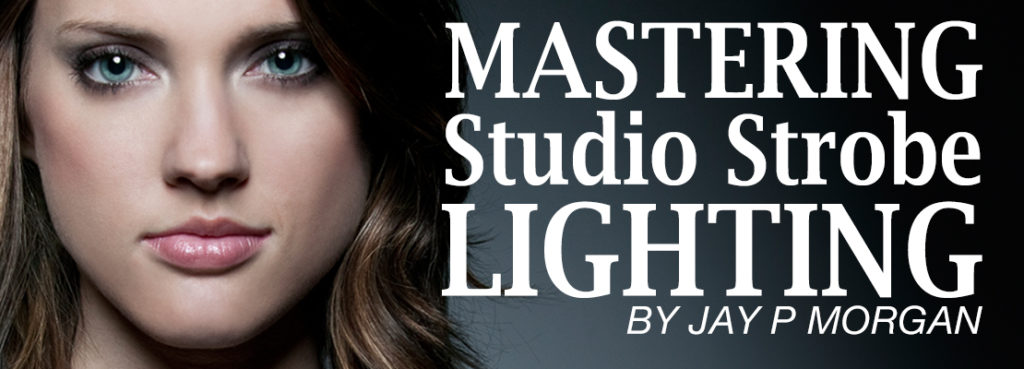
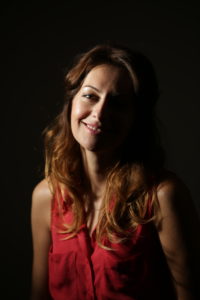

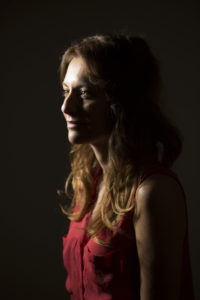
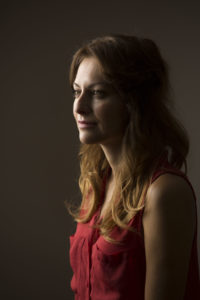



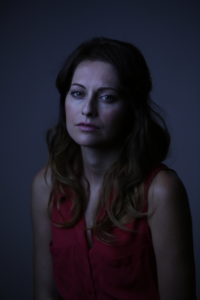


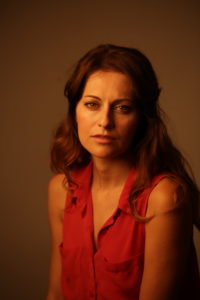
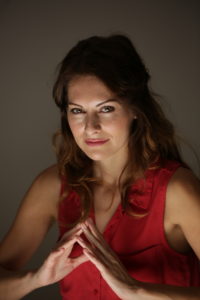
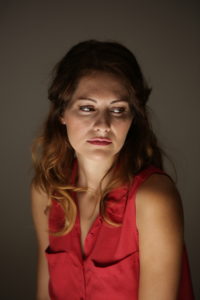

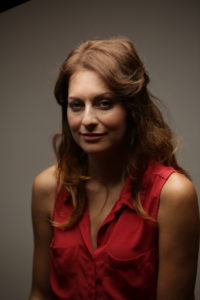
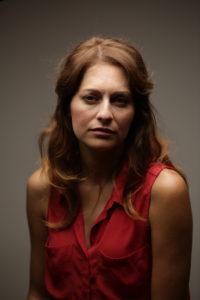

Leave a Reply